After-Hours Tour of the Fraunces Tavern Museum: "Path to Liberty"
Explore a new exhibit inside the oldest building in Manhattan, a witness to history throughout the Revolutionary War Era!


Carole King’s hit album Tapestry appeared on record store shelves fifty years ago this week! The transformative 1971 album marked the start of a new era in King’s personal life as she transitioned from a behind-the-scenes collaborator to a solo centerstage star. It also marked the start of the 1970s singer-songwriter movement. While the album was crafted in California, King’s career started right here in her hometown of New York City. To celebrate the fiftieth anniversary of Tapestry, we’ve compiled a list of New York City locations where King lived, worked, and met fellow hitmakers (many which are featured in her memoir, Carole King: A Memoir). A special thank you to Carole for providing us images from her collection for this story! We will also be hosting a virtual book launch with author Loren Glass to mark the release of his new book, Tapestry, which will further explore King’s ties to the city’s music scene and her album’s relationship to social movements of the era. Tickets to this virtual book launch are just $10!
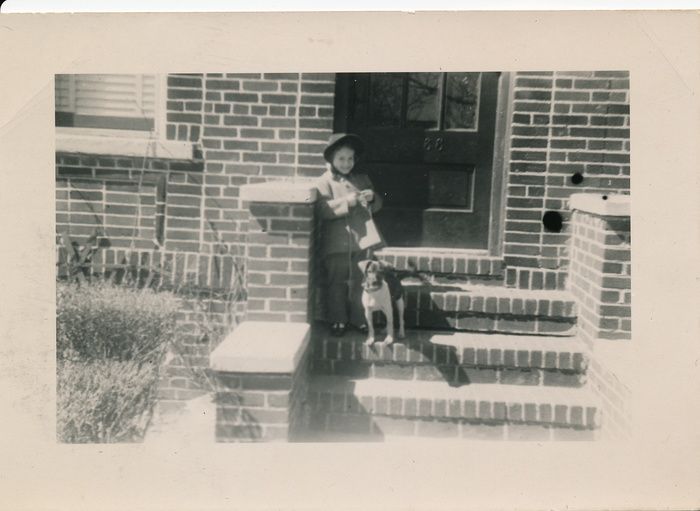
Carole King Family Archives
Carole King’s childhood home is located at 2466 East 24th Street in the Sheepshead Bay area of Brooklyn. In her memoir Natural Woman, King reminisces about trips she would take with her mother and father to the nearby beach and boardwalk of Coney Island. She writes that what she remembers most is “Daddy, Mommy and me crowded into one of those primitive audio recording booths to record my voice on a black acetate disc…That was my first recording experience.”
King lived in her family’s home from the time of her birth in 1942 until she married fellow songwriter Gerry Goffin in 1959.
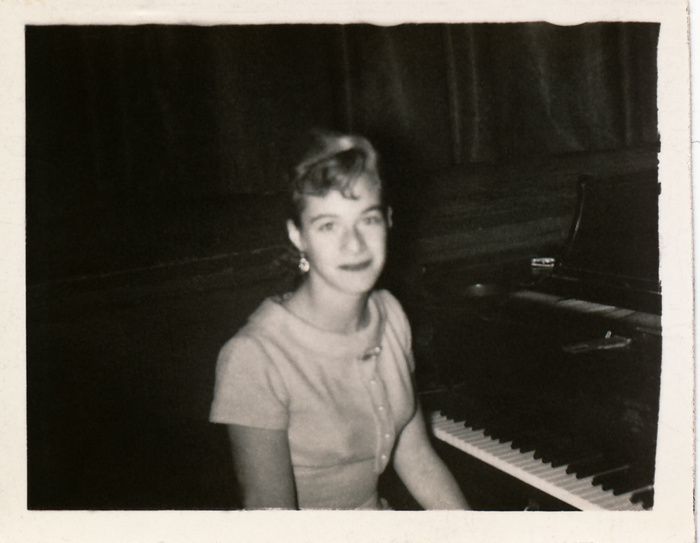
Carole King Family Archives
Carole King attended school at Shell Bank Junior High and James Madison High School, which were both very close to home. King was an exceptionally bright student who skipped right from kindergarten to the second grade. This meant she was just ten years old when she entered the seventh grade at Shell Bank Junior High in 1952. King performed in several school theater productions and bonded with fellow students over a love of music. Both of King’s former schools still operate as public schools today.
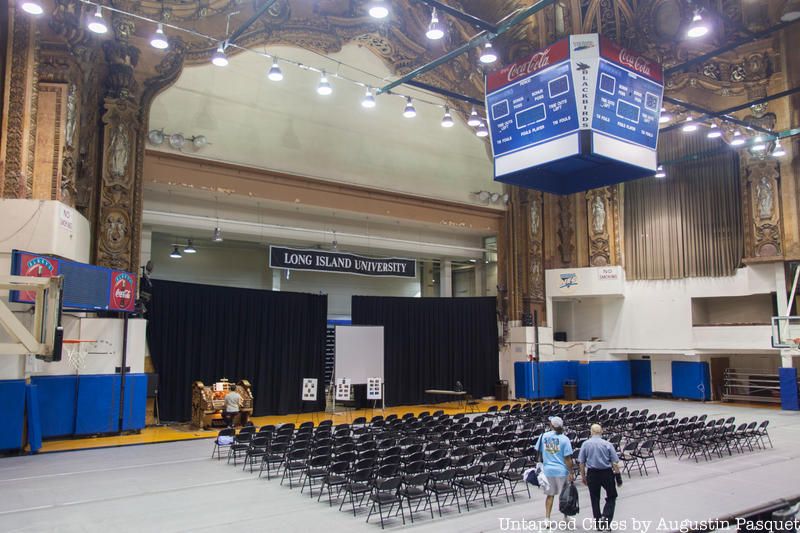
While still in middle school, Carole attended rock and roll radio host Alan Freed’s Easter Jubilee at the Brooklyn Paramount Theater. Along with a crowd of other excited teenagers, King rode the subway from Sheepshead Bay to Atlantic Avenue to catch the show. In her memoir, King recalls that this experience was the first time she saw the racial integration of black and white teenagers, and credits Freed with encouraging that movement of acceptance in her generation. Freed’s show also made her “aware of a new kind of music” that she writes, “spoke to me and for me.”
The Brooklyn Paramount opened in November 1928 and was one of the most popular entertainment venues of the mid-20th-century. It closed in 1962 when the building was purchased by Long Island University. The grand theater was converted into a basketball court, but the ceiling and other parts of the theater’s ornate designs have been preserved. The theater’s Wurlitzer organ is still there too!
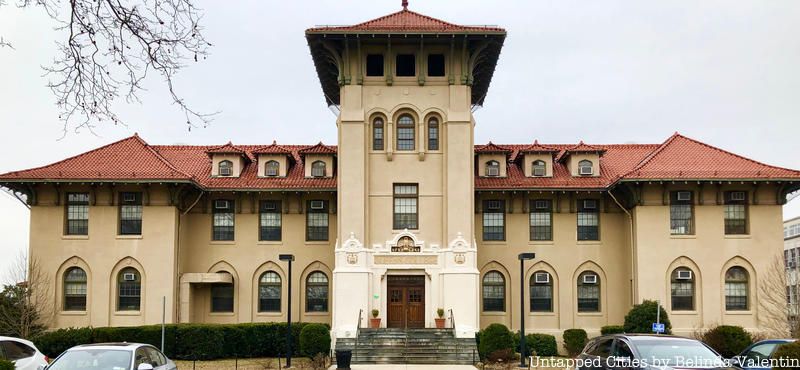
In Natural Woman, King says it was never a question as to whether she would go to college or not, she just had to figure out where. Initially, she planned to go to Brooklyn College and live at home, but just before she was about to enroll her family moved to Rosedale, Queens. King ultimately ended up at Queens College where she met fellow musicians Art Garfunkel and Paul Simon.
Another important connection King made at Queens College was with Gerry Goffin. They first encountered each other in the student union and were introduced by a mutual friend. They bonded over a love of songwriting and were married at King’s parents’ house in 1959.
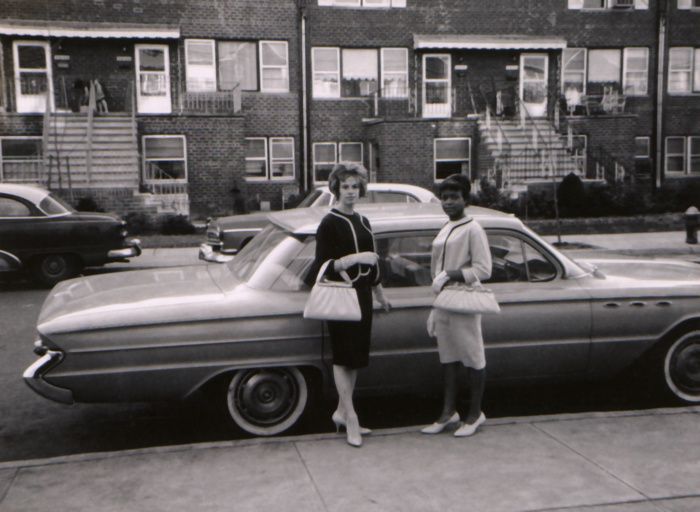 Carole King outside her Brown Street Apartment, Carole King Family Archives
Carole King outside her Brown Street Apartment, Carole King Family Archives
King and Goffin’s first home together was a one-room basement apartment at 4720 Bedford Avenue in Brooklyn, just one block away from her childhood home. At the time, King worked as a secretary at an industrial chimney company and Goffin worked as a chemist. About a year after their first move, the couple relocated to a larger, ground floor apartment at 2635 Brown Street. They needed more room to accommodate their growing family. King gave birth to their first daughter, Louise, in March 1960.
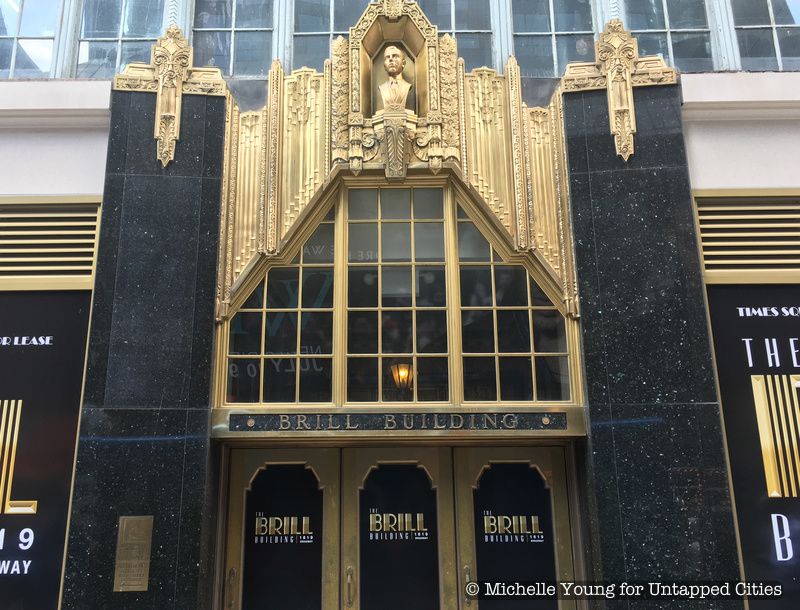
The Brill Building may be one of the first New York City locations that come to mind when you think of places Carole King would be associated with, but as she notes in her memoir, she never actually wrote there. The Brill Building is a 10-story office building that housed the offices of top music producers, agents, songwriters, and musicians. It became synonymous with pop-music of the 1950s and 60s. The “Brill Building Sound” was a style of music that many songwrtiers of the time, including King and Goffin, were working with. However, while King did do business in the Brill Building, you would have a better chance finding her at Aldon Music, nearby.
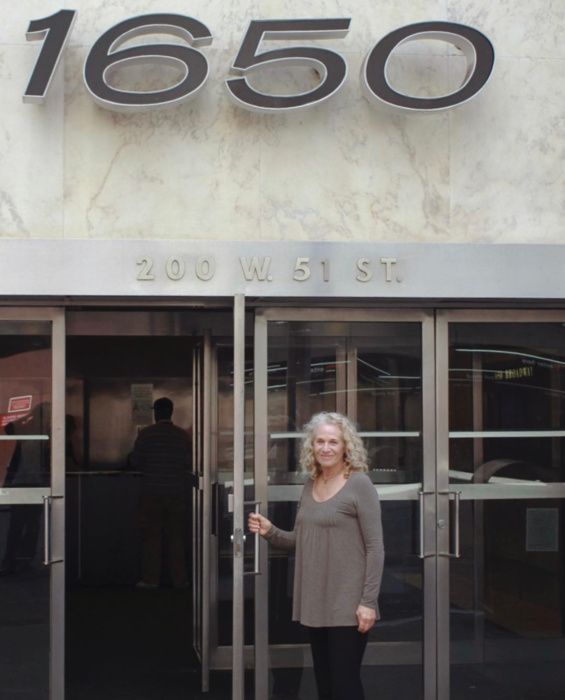 Carole King Family Archives
Carole King Family Archives
Aldon Music at 1650 Broadway, was founded by Al Nevins and Don Kirshner. Carole King described the office as a series of cubicles “barely big enough to contain an upright piano with a bench, chair for the lyricist, and a small table with enough room for a legal pad, pen, an ashtray, and a coffee cup.” While she and Goffin often wrote together after dinner at-home, they thrived on the collaborative atmosphere of Aldon Music. The Aldon Music offices were just as productive as the Brill Building in churning out hits. The first huge hit King and Goffin wrote at Aldon was “Will You Still Love Me Tomorrow” for The Shirelles. Goffin wrote the lyrics and King wrote the melody. It shot to #1 on the Billboard charts and stayed there for weeks. The company was sold to Columbia Records in 1963. Ellen’s Stardust Diner currently occupies the ground floor along with Iridium, a live music venue.
After King and Goffin welcomed their second daughter Sherry to the world in 1962, they packed up and moved across the Hudson to 15 Waddington Ave, West Orange, New Jersey. King commuted into Manhattan several days a week to continue her work at Aldon Music. The suburbs of New Jersey inspired many songs King and Goffin wrote together. In “Pleasant Valley Sunday,” which was recorded by The Monkees, Goffin aired his grievances about suburban life. Another hit to come out of New Jersey was “Natural Woman” which the pair wrote for Aretha Franklin.
The musical family lived in New Jersey until 1968 when King and Goffin divorced and they both moved to California. King’s daughter recently posted a video tour of the New Jersey house on Instagram!
The Night Owl Cafe was a live music venue in Greenwich Village at 118 West 3rd Street between Macdougal Street and Sixth Avenue. It was at the Night Owl Cafe in 1967 that King first met James Taylor. At the time, Taylor was playing The Night Owl with his band The Flying Machine. King recalls in her memoir, “From the moment I heard the first notes out of James’s guitar, I was mesmerized.” King and James would reconnect years later and form a long-lasting collaborative musical relationship.
The Night Owl Cafe was replaced with a storefront. It was occupied from 1993 to 2013 by Bleecker Bob’s record store. Now, 118 West 3rd Street is a sushi restaurant.
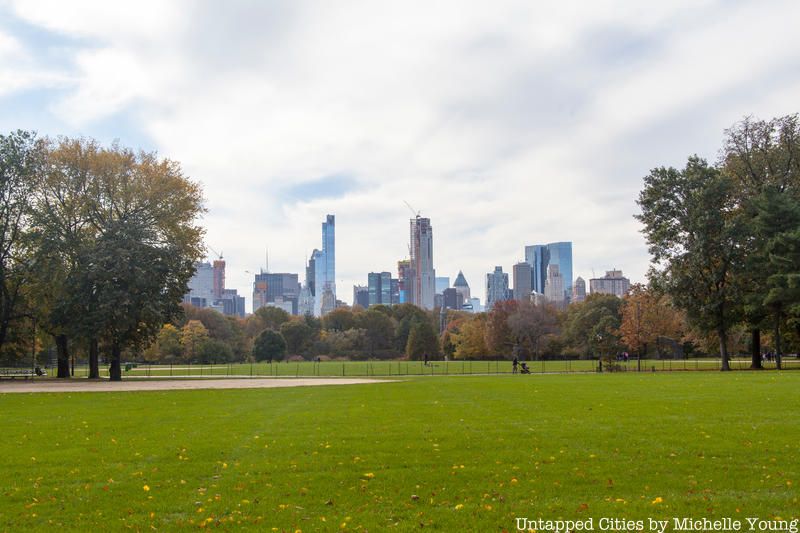
On tour to promote her album Fantasy in 1973, King played one of Central Park’s most well-attended concerts. The concert was free and The Park’s Department estimated that more than 70,000 people showed up to hear her play on the Great Lawn behind the Delacorte Theater (in her memoir she says it was over 100,000). King’s Central Park show came at the height of her new found fame from Tapestry , released just about two years earlier. According to a New York Times article at the time, her album was the bestselling rock album ever. New Yorkers were enthusiastic to welcome home one of their own, as King’s appearance in Central Park marked the first time she had returned to the East Coast from California in two years.
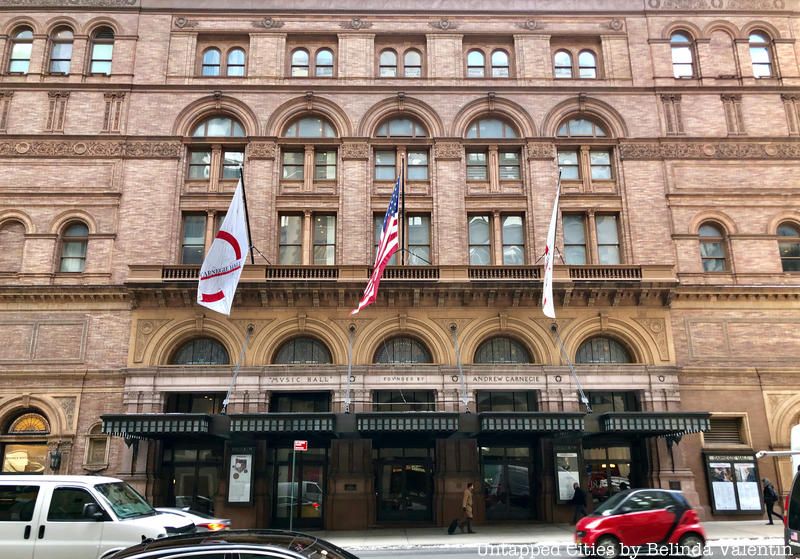
Beautiful, the Broadway musical based on Carole King’s life, opens with an anecdote about a young Carole and her mother standing in front of Carnegie Hall dreaming about one day when King will play there herself. That dream came true on June 18th, 1971 just as her album Tapestry was climbing the charts. King was at first reluctant to tour since she had two young daughters to care for, but she couldn’t turn down an offer to tour with James Taylor in 1970. The James Taylor tour was the first time King played in front of an audience, but Carnegie Hall was the first time she did it as the headliner.
Join us for a virtual book launch to celebrate the release of Loren Glass’s Tapestry on March 9th and explore more of Carole King’s New York City story! Tickets are just $10. You can also gain access to unlimited free virtual events per month and unlock a video archive of past events as an Untapped New York Insider starting at $10/month.
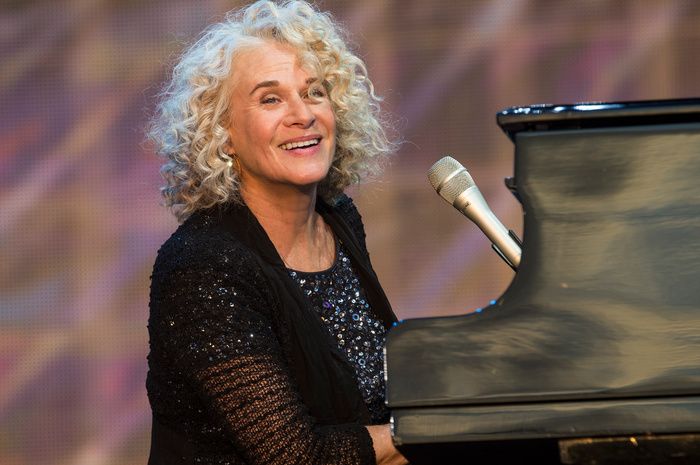
Carole King’s NYC
Already an Insider? Register here!
Next, check out Tracing the Patti Smith Trail in NYC from Tompkins Square Park to CBGB and In Tribute: 7 Iconic David Bowie NYC Moments and Places
Subscribe to our newsletter